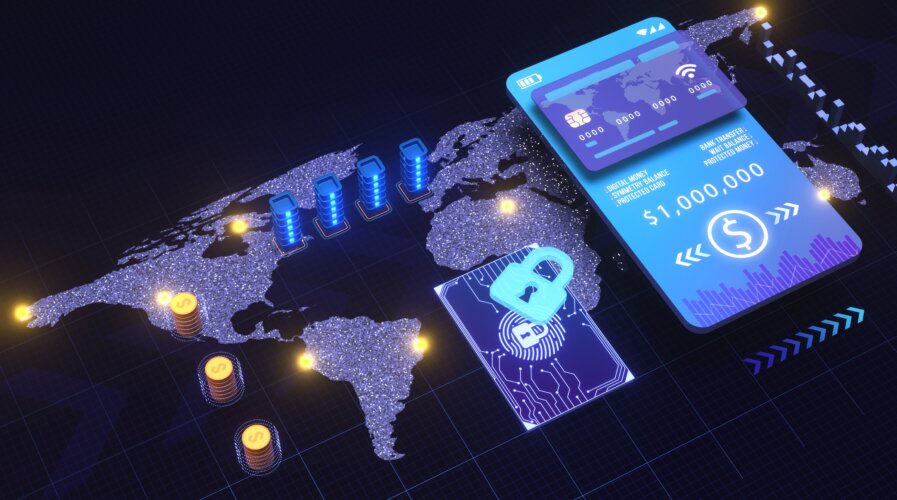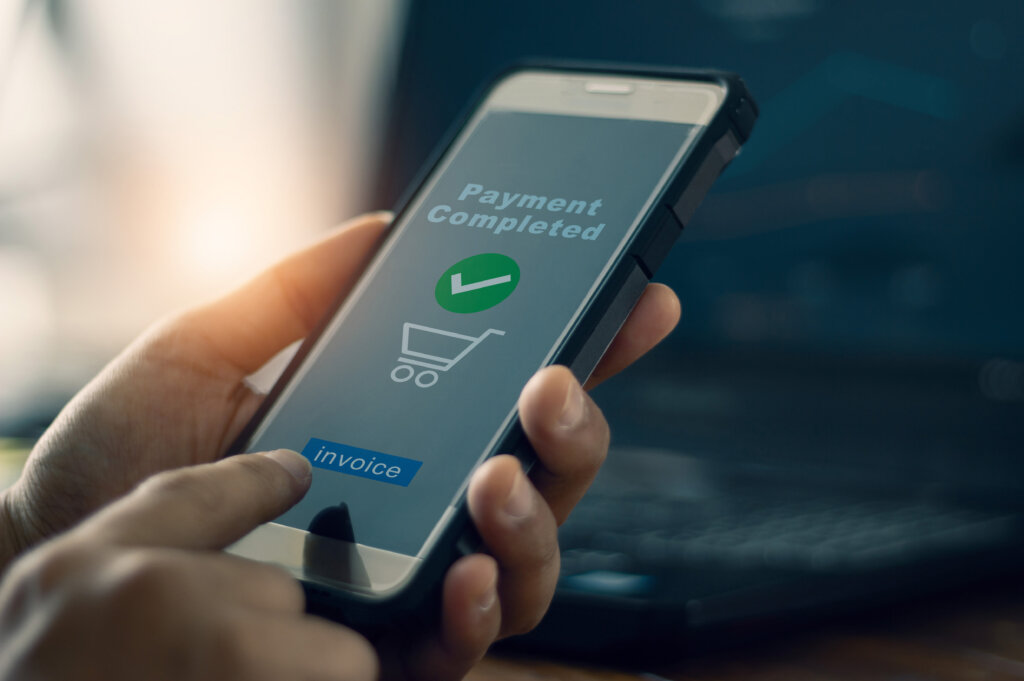
(Source – Shutterstock)
Three trends reshaping the payment landscape in Southeast Asia
|
Getting your Trinity Audio player ready... |
The payment landscape in Southeast Asia has evolved rapidly in the past few years. As the COVID-19 pandemic has sped up the digitalization of businesses, the adoption of new payment methods has also gained momentum.
Prior to the pandemic, payment methods like e-wallets were still in their infancy stages with many still only being introduced to the new method. When the pandemic struck, digital payment methods like e-wallets became essential for everyone. But it wasn’t just e-wallets that were reshaping the payment landscape.
In Southeast Asia, the growth in fintech has led to a couple of payment trends that seem to be gaining traction and reshaping the entire payment landscape. Not only have these new trends enhanced the payment experience, but they’ve also caused traditional banks and other payment providers to rethink their approach to the payment landscape.
According to a report by Endava on the trends reshaping the payment landscape in Southeast Asia, the speed at which the region’s digital economy has grown during the pandemic is one of the main reasons why payments are facing a revolutionary change.
Yet, despite digital economy growth making Southeast Asia one of the fastest-growing economies, cash still plays an important role, especially among the unbanked society. While mature markets like Singapore and Malaysia are moving towards becoming a cashless society, other countries in Southeast Asia like Cambodia, Indonesia and the Philippines still have a high percentage of unbanked, which the governments and private sector are hoping to solve.
Cross-border payments
Looking at the payment landscape, Adrian Bugaian, Delivery Partner at Endava who produced the report, discovered three key trends that are shaping it in Southeast Asia. The first is national and cross-border payments.
“Whether it is about payments or the data processing behind the scenes – we should expect the upcoming years to see a continued shift towards real-time payments. Even though Southeast Asia has been home to real-time payments since the 2000s, it is the recent development of mobile technology that has made it more accessible and given it an increasingly important role,” the report stated.
Today, real-time payments across borders are not only benefiting the digital economy, but also making banks rethink how they approach this. E-wallets are enabling users to transfer funds within the region in real time while QR payments are making funds available at much faster speeds.
For Bugaian, real-time cross-border payments play an important role in supporting the economy, especially in cases where card payments are either expensive for the merchants or cash access is limited to customers.
“The benefits of real-time payments are obvious and tangible for all parties. However, its implementation comes with a cost: the ecosystem must be ready to adopt it. Banks need to be ready to connect to it, while merchants and their customers need to be able and willing to engage in digital transactions – a part made easier with the acceleration of mobile technologies.”

(Source – Shutterstock)
Buy now pay later
The next trend is buy now pay later (BNPL). BNPL plays a particularly important role in supporting Southeast Asia’s economic growth by providing a tool for improving market efficiency, increasing the competitiveness of e-commerce companies and promoting financial inclusion.
According to Bugaian, BNPL can be useful for both B2B and B2C in Southeast Asia, where many consumers, as well as micro and small businesses, have no access to traditional forms of credit or cannot afford to pay for large purchases all at once. For customers, BNPL provides easy access to credit, so it helps them access the products and services they need.
Bugaian also pointed out that BNPL also has a vital role to play in increasing financial inclusion in the region. By providing consumers with an alternative way to access credit, BNPL can help to reduce the reliance on traditional financial institutions and make it easier for people to access financial services. This way, it drives growth and development and creates a positive impact on the economy as a whole.
Interestingly, Bugaian also highlighted that while BNPL is becoming an increasingly popular trend, there should be some regulations. Basically, these regulations would be focused on protecting consumers so that they don’t overspend, ensuring the BNPL providers are financially stable and avoiding predatory lending practices.
“Despite its controversies, we see BNPL play an important role in the upcoming years for many reasons. Among others, it helps provide people with financial constraints easy access to credit, as well as supports businesses to access wider markets and short-term injections of cash.
But what does a successful roll-out takes? Onboarding merchants is the first step to opening a door for BNPL’s growth. They need to have the trust, see the benefits and be ready from an infrastructure point of view, as the best part of the transactions will be in the digital space. Also, with the potential regulation coming closer, both service providers and their users will need to be ready for some know-your-customer practices. Regulators will need to make sure that the service provider has the necessary means and that users do not misuse the service – so both parties can cover the terms of the contract.”

(Source – Shutterstock)
E-commerce and mobile payments
Lastly, the payment landscape will be strongly influenced by the growth of e-commerce and mobile payments. In Asia Pacific, digital and mobile wallets accounted for 69% of all e-commerce payments in 2022. This is expected to reach 72% by 2025.
As such, Bugaian sees a strong correlation between the growth of superapps and the rise of e-commerce. As both have the same combination of success factors, including the rise of mobile internet, the growth of the middle class, the rise of e-commerce, and the popularity of social media. Superapps have opened new, accessible and convenient ways for e-commerce, while e-commerce is another feature for super-apps to attract and engage users.
“The demand for e-commerce keeps increasing every day, so merchants, as well as their payments and technology partners, need to be prepared for the road ahead. Customers have more ways to pay than ever before. For merchants, keeping pace with innovative payment methods can be a challenge but also a way to gain a competitive advantage. Being able to accept a variety of ways for payment, beyond cash or card, will provide a way to increase their client base and improve customer experience. To succeed, embracing the digital space needs to be part of their initial go-to-market strategy, not an afterthought.”
Bugaian believes these three trends could lead to a future whereby payments are experienced through sophisticated cross-country digital channels, with data-driven decision-making providing frictionless transactions and new sources of credit, as well as creating ecosystems of value where connected systems allow new insights and opportunities.
READ MORE
- Safer Automation: How Sophic and Firmus Succeeded in Malaysia with MDEC’s Support
- Privilege granted, not gained: Intelligent authorization for enhanced infrastructure productivity
- Low-Code produces the Proof-of-Possibilities
- New Wearables Enable Staff to Work Faster and Safer
- Experts weigh in on Oracle’s departure from adland


